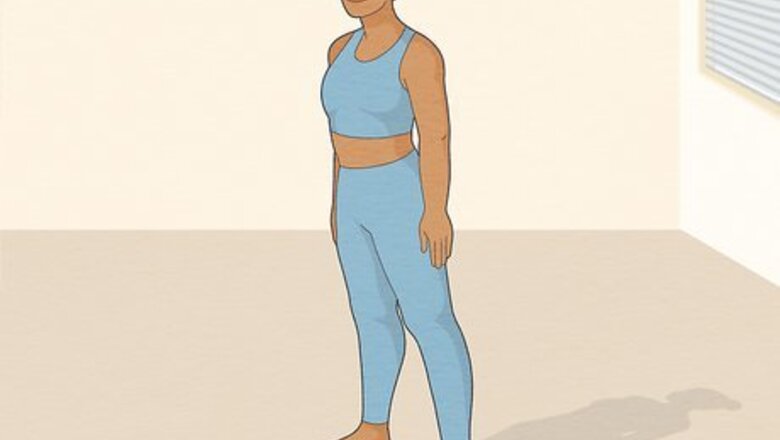
views
- Benefits of the stomach vacuum exercise include: reduced back pain and lowered risk of back injuries.
- The stomach vacuum exercise can also tone your stomach and make your waist look smaller.
- For best results, stomach vacuum for 5 reps 3-4 times weekly. You should start to feel your core strengthening in around 3 weeks.
Performing the Exercise
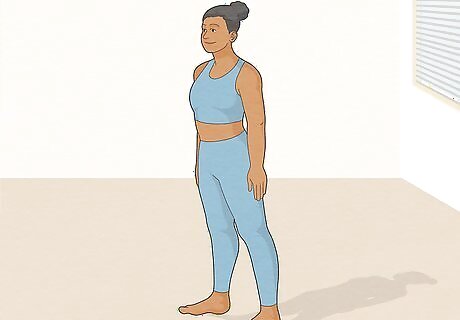
Start by standing up straight with your feet shoulder-width apart. You can position yourself for this exercise in several ways, but standing up straight is the simplest way to begin. Stand straight and keep your shoulders back so that you're not slouching. While standing straight with good posture is best, comfort is more important, so don’t strain yourself by standing too erect. You can also do this exercise on your back, on your stomach, sitting down, or kneeling.
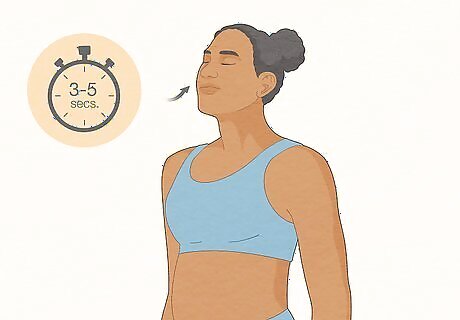
Breathe in through your nose slowly for 3-5 seconds. Take a deep breath in, filling your lungs up with air. Take your time and continue inhaling for roughly 3-5 seconds. If your nose is congested, breathe in slowly through your mouth instead.
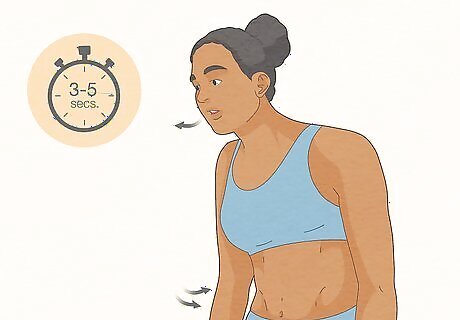
Exhale through your mouth for 5 seconds and flex your stomach. Let out the air through your mouth instead of your nose for more control over your breathing. As you exhale for around 5 seconds, pull your stomach muscles inward and hold. Try to exhale all the air through your mouth in roughly 3-5 seconds. You may also want to add a pelvic tilt as you contract your abdominal muscles to work your lower back.
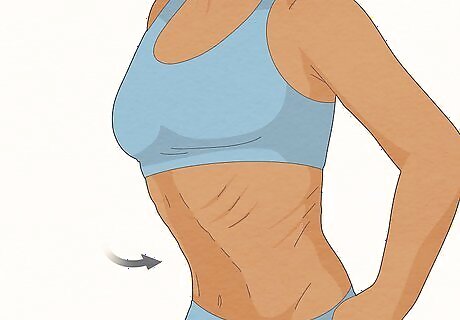
Suck in your belly button towards your spine as far as possible. While you exhale, suck in your stomach as far as it will go. To get the best muscle workout possible, picture flattening your belly button against your backbone. The stomach vacuum is an isometric contraction (tensing the muscle without moving it) and can seriously strengthen your abs and back by exercising the transversus abdominis (TVA), which is your deepest abdominal muscle. If you can’t suck your stomach in very far, that’s okay! This step takes practice, and your ability to execute it properly will improve over time.
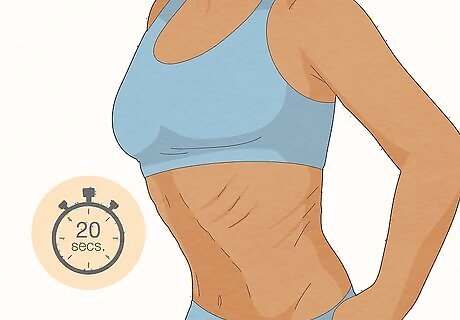
Hold this position for roughly 20 seconds. If you’re just learning this exercise, you may only be able to hold it for 5-10 seconds, but as you improve, holding this position for 20 seconds is ideal. It’s okay if your stomach protrudes again as you fill your lungs with air, just keep holding your muscles tight. Don’t feel the need to hold your breath while you perform this exercise, as continued inhales and exhales are expected. Regularly practicing this exercise will help you increase the time you can hold your breath and contract your stomach muscles, eventually reaching as long as 60 seconds.
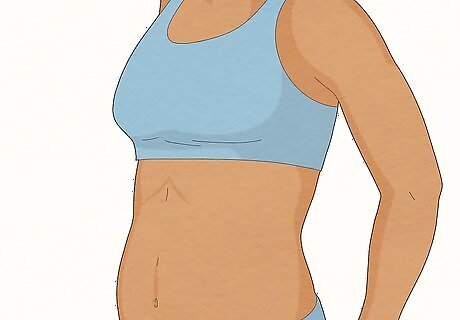
Release your stomach muscles and breathe in. Allow your muscles to relax and let your stomach fall into its original position. Then, take a nice, deep breath in. Remember to do this exercise slowly and carefully, monitoring your breathing.
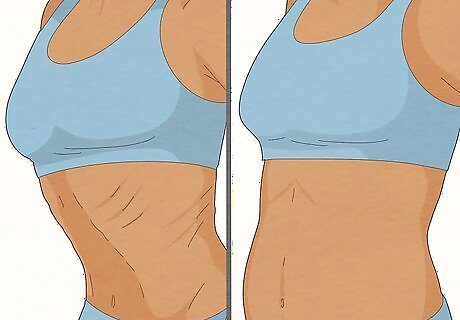
Repeat this exercise 5 times before taking a break. People with more experience doing this exercise can go up to 10 times before stopping, but starting with 5 reps is best. Breathe in and out deeply each time, counting the seconds of how long you’re able to hold in your stomach. You may need to break up the stomach vacuums. For example, you could do 2, then take a 1- or 2-minute break before doing another 3. Stomach vacuum 3-4 times a week. You should notice your core getting stronger around 3 weeks after starting!
Choosing a Position
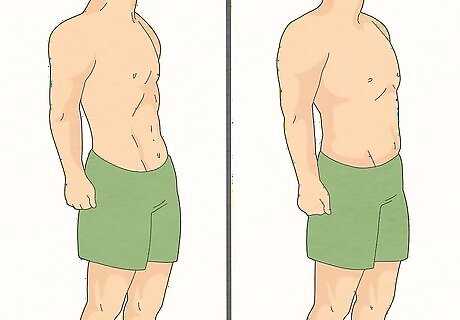
Exercise standing up to ensure you have the right posture. Stand with your feet shoulder-width apart, making sure they’re both flat on the ground. Keep your back straight as you breathe in and out, repeating the same sucking-in technique for around 20 seconds. You can do this while standing in line at the store or even when you're cooking in the kitchen.
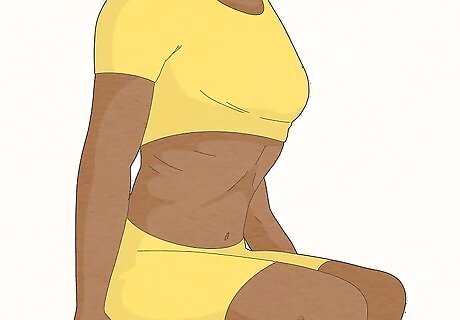
Do stomach vacuum exercises while sitting down for convenience. If you’re in the car or sitting at work, you can still do these exercises to strengthen your body. Sit up straight in your chair and place your hands beside your thighs (if possible). Relax your shoulders by keeping them down and slightly pulled back. Begin breathing in slowly and exhaling all the air in your lungs before sucking in your stomach and holding the position for around 20 seconds. It’s especially important that you have great posture while doing this exercise if you’ve chosen to do it sitting down, as slouching may cause muscle strain.
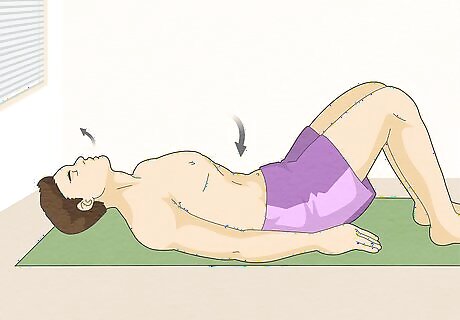
Lie down on your back for controlled stomach vacuum exercises. As you lie on your back, bend your knees, so your feet are flat on the ground. Place your hands on the ground next to you, and begin breathing in slowly before exhaling all of the air in your lungs. Then, suck in your stomach and hold the position for around 20 seconds in reps of 3. You may opt to round your body by lifting your head and shoulders slightly forward off the ground to make this exercise more effective.
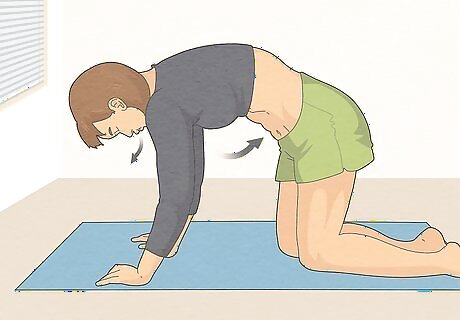
Kneel on the ground for a stable exercising position. Place your hands with your palms flat on the ground right below your shoulders. Then, place your knees on the ground so that your legs make a 90-degree angle with the floor. The tops of your feet should be resting on the floor so your heels are off the ground. Breathe in deeply and suck in your stomach for 20 seconds while holding this position. Look down towards your hands as you hold this position. Keep your back straight and avoid arching it.




















Comments
0 comment